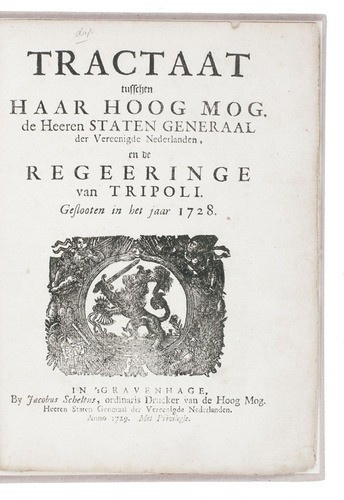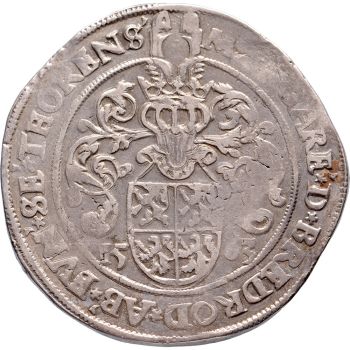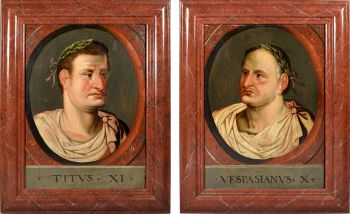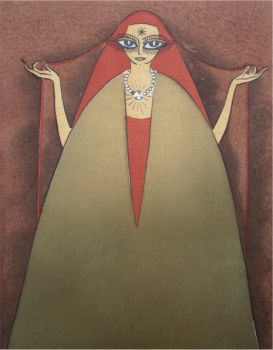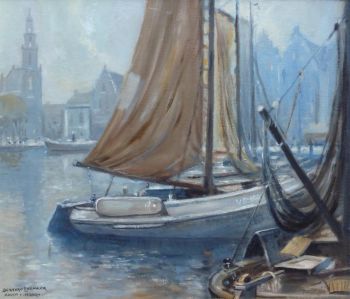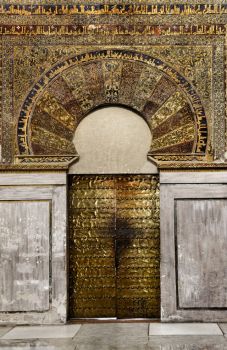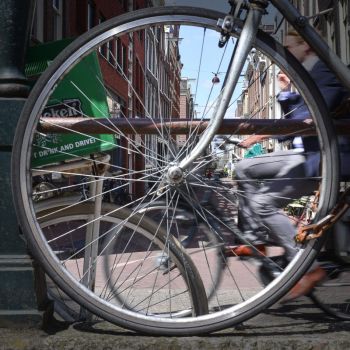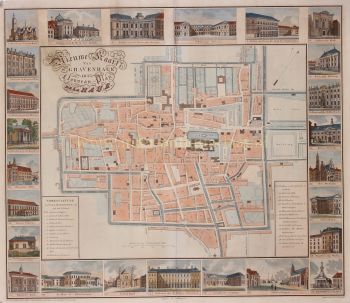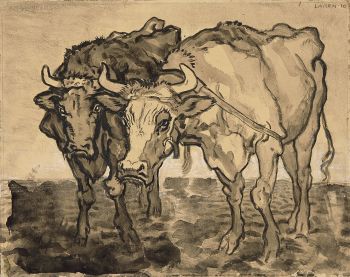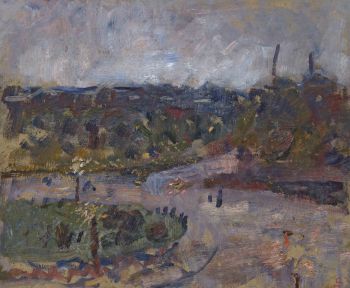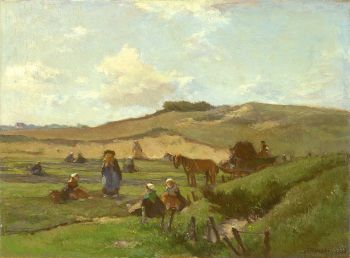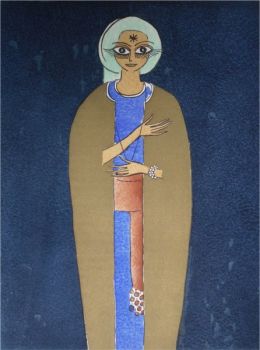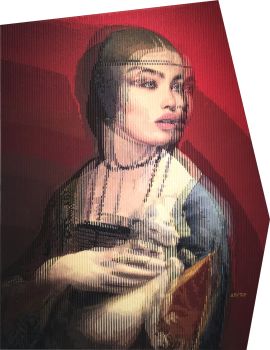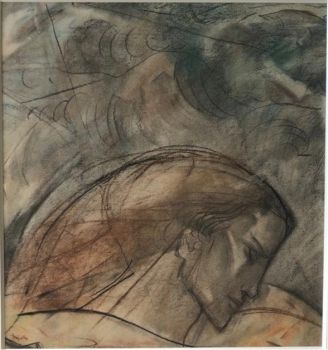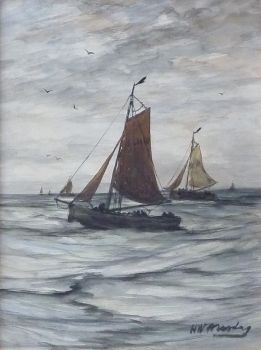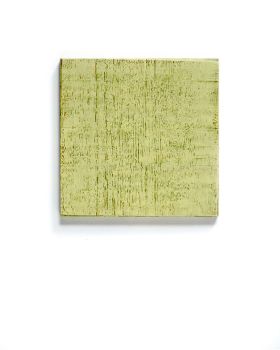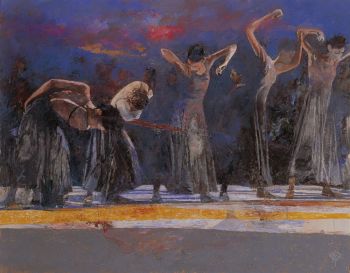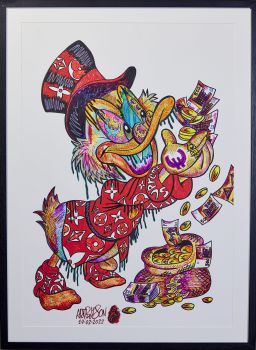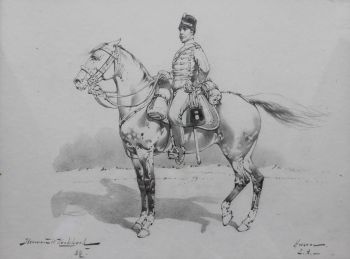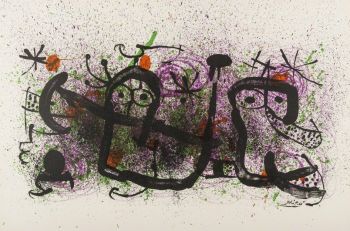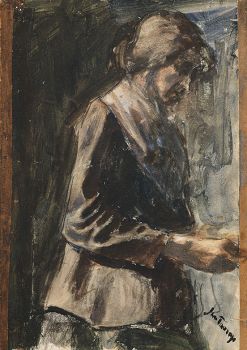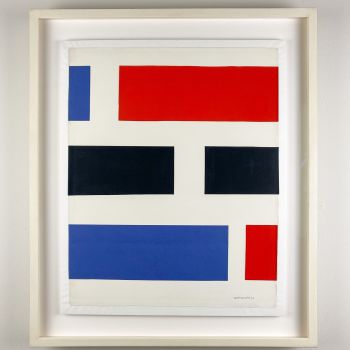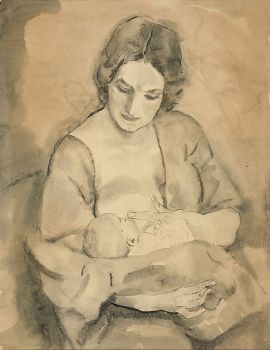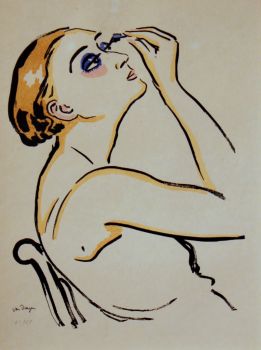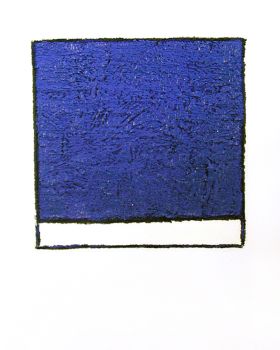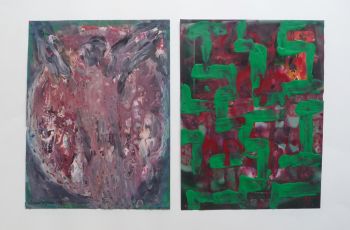1728 treaty between the Dutch Republic and the semi-autonomous state of Tripoli 1728
Artista Sconosciuto
InchiostroCarta
Attualmente non disponibile tramite Gallerease
- A proposito di opere d'arteTractaat tusschen haar hoog mog. de Heeren Staten Generaal der Vereenigde Nederlanden, en de regeeringe van Tripoli. Geslooten in het jaar 1728.
The Hague, Jacobus Scheltus II, 1729. 4to. Modern paper-covered boards.
First edition, published in Dutch translation, of a treaty signed between the Dutch States General and Pasha Ahmed Karamanli (1686-1745), Turkish Muslim leader of the semi-autonomous state of Tripoli since 1711, when he killed the Ottoman governor and took the throne. The treaty, in 13 articles, guarantees the safety of Dutch ships trading at Tripoli and their crews (even when shipwrecked), sets restrictions on taxes (military supplies such as gunpowder, lead, iron, cannonballs and ships' masts are exempted). The governor of Tripoli is to see to it that the whole city is warned when one of the Dutch States General's ships drops anchor, so that all who own slaves can keep an eye on them to ensure they do not flee to the ship. Merchants under Dutch authority, whether Christians or Jews, are to be allowed to reside in the city unhindered, except for taxation.
In very good condition and untrimmed.
Knuttel 16776; for the treaty: A.H. de Groot, "Ottoman North Africa and the Dutch Republic ...", in: Revue de l'Occident Musulman ..., 39 (1985), pp. 131-147, at p. 144. - A proposito di opere artista
Può succedere che un artista o un creatore sia sconosciuto.
Alcune opere non sono determinate da chi sono state realizzate o sono state realizzate da (un gruppo di) artigiani. Esempi sono statue dell'antichità, mobili, specchi o firme non chiare o leggibili ma anche alcune opere non sono affatto firmate.
Inoltre puoi trovare la seguente descrizione:
•"Attribuito a …." A loro avviso probabilmente opera dell'artista, almeno in parte
•“Studio di ….” o “Officina di” A loro avviso un'opera eseguita nello studio o nella bottega dell'artista, eventualmente sotto la sua supervisione
•“Cerchio di…” A loro avviso un'opera del periodo dell'artista che mostra la sua influenza, strettamente legata all'artista ma non necessariamente al suo allievo
•"Stile di..." o "Seguace di..." A loro avviso un'opera eseguita nello stile dell'artista ma non necessariamente da un allievo; può essere contemporaneo o quasi contemporaneo
•“Modalità di…” A loro avviso un'opera nello stile dell'artista ma di epoca successiva
•"Dopo …." A loro avviso una copia (di qualsiasi data) di un'opera dell'artista
•“Firmato…”, “Datato…” o “Iscritto” A loro avviso l'opera è stata firmata/datata/inscritta dall'artista. L'aggiunta di un punto interrogativo indica un elemento di dubbio
•"Con firma....", "Con data...", "Con iscrizione..." o “Riporta firma/data/iscrizione” a loro avviso la firma/data/iscrizione è stata aggiunta da qualcuno diverso dall'artista
Artwork details
Related artworks
- 1 - 4 / 12
Engelbert Kaempfer
IL LIBRO DI ENGELBERT KAEMPFER1651 - 1716
Prezzo su richiestaZebregs & Röell - Fine Art - Antiques
Tilmanus Nicolaus Maastricht
Missale Romanum con fornimenti d'argento olandesi1788 - 1792
Prezzo su richiestaJacob J. Roosjen SRI
Antonie Derkinderen
Memory book Exhibition of Dutch Painting1892
Prezzo su richiestaKunsthandel Pygmalion
Yoko Ono
YOKO ONO: "ARISING" SIGNED BOOK PLUS SMALL ARTWORK 2010 - 2014
Prezzo su richiestaGallerease Selected
Hermann Nitsch
"UNDER MY SKIN" Signed book incl. small artwork and DVD in a matching box2010 - 2014
Prezzo su richiestaGallerease Selected
Engelbert Kaempfer
IL LIBRO DI ENGELBERT KAEMPFER1651 - 1716
Prezzo su richiestaZebregs & Röell - Fine Art - Antiques
Tilmanus Nicolaus Maastricht
Missale Romanum con fornimenti d'argento olandesi1788 - 1792
Prezzo su richiestaJacob J. Roosjen SRI
1 - 4 / 22Bernard Leemker
'Volendammer vissersboten in de haven van Hoorn´20th century
Prezzo su richiestaGalerie Gabriëls
Johannes Evert Akkeringa
'Nettenboetsters' in the Dunes1861 - 1942
Prezzo su richiestaStudio 2000 Art Gallery
1 - 4 / 24Rene Rietmeyer
"Portrait of Lawrence Weiner, May 1999"1999
Prezzo su richiestaEuropean Cultural Centre Collection
1 - 4 / 24

